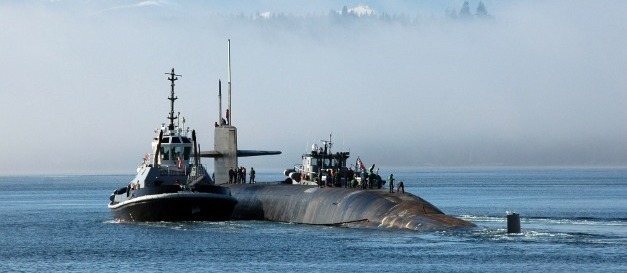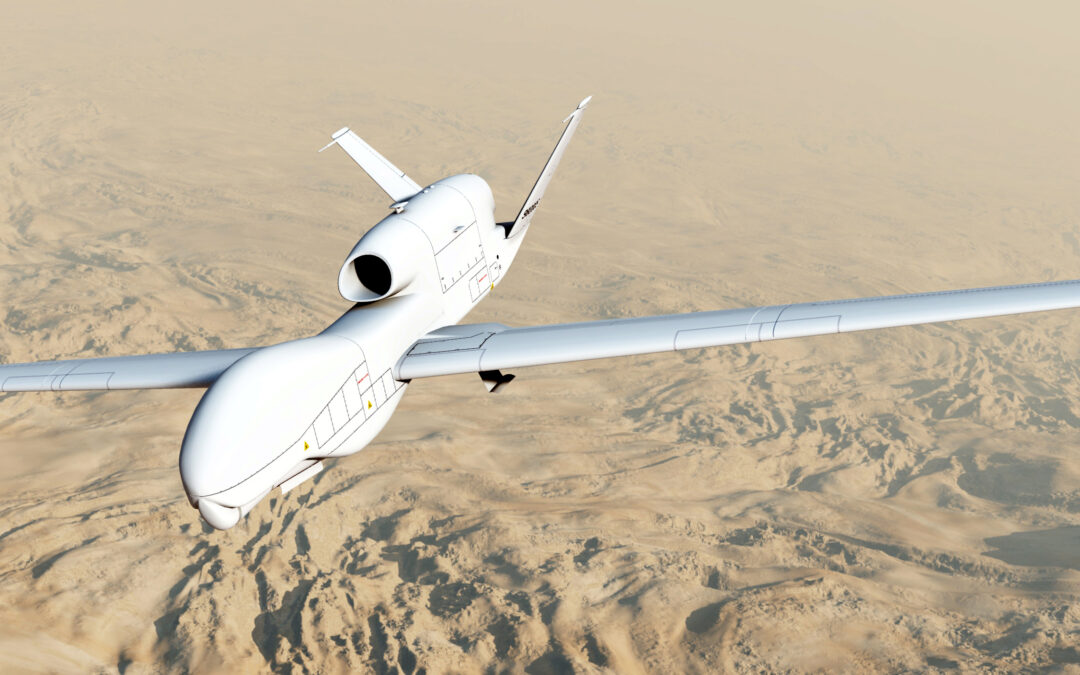Frequency Bands & Applications
August 2020The textbook definition of a frequency band is an interval in the frequency domain, delimited by a lower frequency and upper frequency. The International Telecommunication Union has assigned designations to these intervals.
Beginning with the lowest and ending with the highest, we will enumerate the ITU-designated frequency bands and provide examples of their corresponding applications.
The waves within Ultra Low Frequency (ULF) band are able to penetrate through dirt and rock. Through-the-earth signal transmission is especially useful in secure communications, making it suitable for military applications. TTE is also used in mining. Similarly, the Very Low Frequency (VLF) band can also penetrate dirt and rock for some distance. Thus, geophysicists use VLF-electromagnetic receivers to measure conductivity in the near surface of the earth. VLF frequencies benefit from their long range and stable phase characteristics, allowing them to be quite versatile. Like ELF and SLF, VLF can also penetrate seawater to some extent; the military can use VLF to communicate with submarines near the surface of the water. Historically, VLF has been used for navigation beacons.

The Low Frequency (LF) band is mostly used for AM broadcasting in Europe as well as in areas of Northern Africa and Asia. Similar to VLF, LF can also be used for navigational radio beacons. It can also be used for maritime ship-to-shore communication, as well as transoceanic air traffic control. Like the LF band, the Medium Frequency (MF) band is also mostly used for AM radio broadcasting.
The High Frequency (HF) band is most useful in shortwave radio applications, as well as aviation air-to-ground communications. Dipole antennas, such as the Yagi, quad, and log-periodic antennas, operate within the higher frequencies of the HF band. Because its wavelengths range from one to ten decametres (10 to 100 meters), the HF band is also known as the decametre band.
The Very High Frequency (VHF) band is suitable for similar applications as the HF band. Additionally, whereas AM radio operates within the LF and MF bands, FM radio operates within the VHF band.
Acronym
Frequency Range
Wavelength (Meters)
Latest Posts

5G and Beyond
It’s very likely that you’ve heard the term “5G.” 5G means much more than faster speeds for one’s mobile devices. In this post, we briefly introduce 5G and contextualize the technology’s potential in the defense sector.

Scaling Unmanned Operations for Defense
In this post, we explore some of the opportunities and challenges facing unmanned operations in the defense sector.
Artificial intelligence (AI), which manifests itself in different forms, from website chat boxes to unmanned military operations, is broadly defined as any system or machine that is designed to imitate human intelligence, in order to perform tasks and improve upon itself using the increasing amount of information it collects.

Black History Month: NASA’s Hidden Figures
This year for Black History Month, we celebrate Dorothy Vaughan, Katherine Johnson, Mary Jackson, and Christine Darden for their perseverance despite the inequality they faced, and for their distinguished careers at the National Aeronautics and Space Administration (NASA), where they lent their talents to furthering aeronautics and space travel.

Corona & Multipaction Effects on Space Based Antennas
In this post, we will be discussing two types of effects that are potentially damaging to RF components: corona discharge and multipaction effects.
